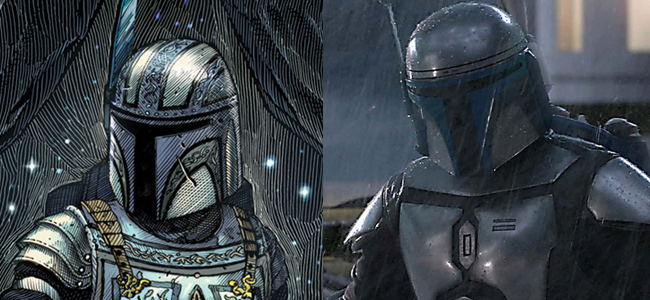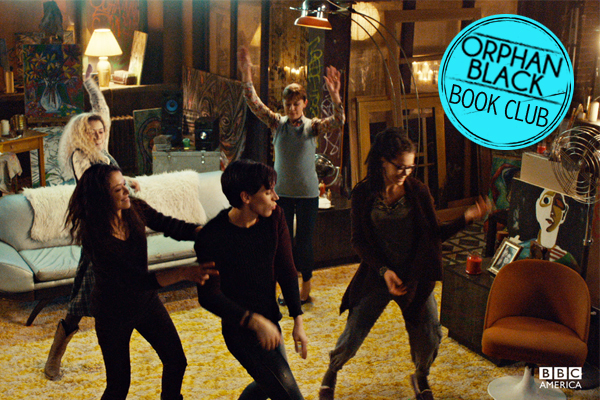The Secrets of The Clone Army Attacketh
Five volumes into the William Shakespeare’s Star Wars series, what can possibly be new in William Shakespeare’s The Clone Army Attacketh? Answer: more than you might think. I pushed myself farther with The Clone Army Attacketh than with any of the previous books. Some fans find Attack of the Clones confusing or lackluster, but I hope my interpretation makes them think again. Here are four ways I had a big old nerdy time with The Clone Army Attacketh, and also tried to push myself with my writing:

The Padmé/Anakin Romance
In William Shakespeare’s The Empire Striketh Back, Han and Leia speak in rhyming quatrains (sets of four lines) once things get romantic. This followed Romeo and Juliet, who do the same thing. Writing The Clone Army Attacketh, I noticed that Padmé and Anakin are alone together far more than Han and Leia ever were, but they maintain the pattern, too. There’s also the issue of their romance: many Star Wars fans thought the love story in Attack of the Clones wasn’t believable. I combined many of the scenes on Naboo into a single scene in which Padmé and Anakin’s love blossoms. In that scene, they borrow lines from each of Shakespeare’s comedies (and Romeo and Juliet, for good measure)—my way of recognizing they need a little help from other lovers. Throughout the scene, they’re rhyming their quatrains the whole way.

The Arena Animals
In The Empire Striketh Back, I started giving words to some of the Star Wars creatures, beginning with the wampa and the asteroid space slug. In The Clone Army Attacketh, I wanted to give the three large animals in the arena who try to kill Padmé, Anakin and Obi-Wan their due. These animals are known as the acklay, the reek and the nexu, but in my version they become the weird sisters from Shakespeare’s Macbeth, speaking in rhyming verse of iambic tetrameter (the meter in which Dr. Seuss most often wrote). Turning the creatures into the witches from Macbeth was a way to set that scene (and those characters) apart as distinctive.

The Easter Eggs
I hope you find them all, honestly I do. I have so much fun geeking out and hiding things in these books. In The Clone Army Attacketh, there are references to some well-known books, references to other modern sci-fi franchises, several movie references, several acrostics, and even a reference to my kids. The Easter egg I’m most proud of, though I can’t tell you where it is, is a double acrostic, meaning that both the first letter of each line and the last letter of each of those lines spell out a message. Big nerd, that’s me.

The Cloners
There were moments, writing this book, when would think, “I wonder if I can do that?” And then I would. The cloners on Kamino, Lama Su and Taun We, appear in only one long scene—split into a few shots—in Attack of the Clones. For their scene, I borrowed from Douglas Hofstadter, author of Gödel, Escher, Bach, and his palindrome-like “Crab Canon” dialogue. The structure of the cloners’ dialogue uniquely shows off their ability to clone: each line of iambic pentameter they speak is repeated later on, in reverse line order, so their lines follow an ABCDEDCBA structure. (The only thing that changes is the punctuation.) This was an experiment in writing; you’ll have to decide for yourself whether it works.
Attack of the Clones may not be your favorite Star Wars movie, but The Clone Army Attacketh may be my favorite of the prequels I’ve written, if for no other reason than the chance it gave me to express my inner nerd. I hope you’ll check it out and most of all, dear reader, I hope you’ll enjoy.




